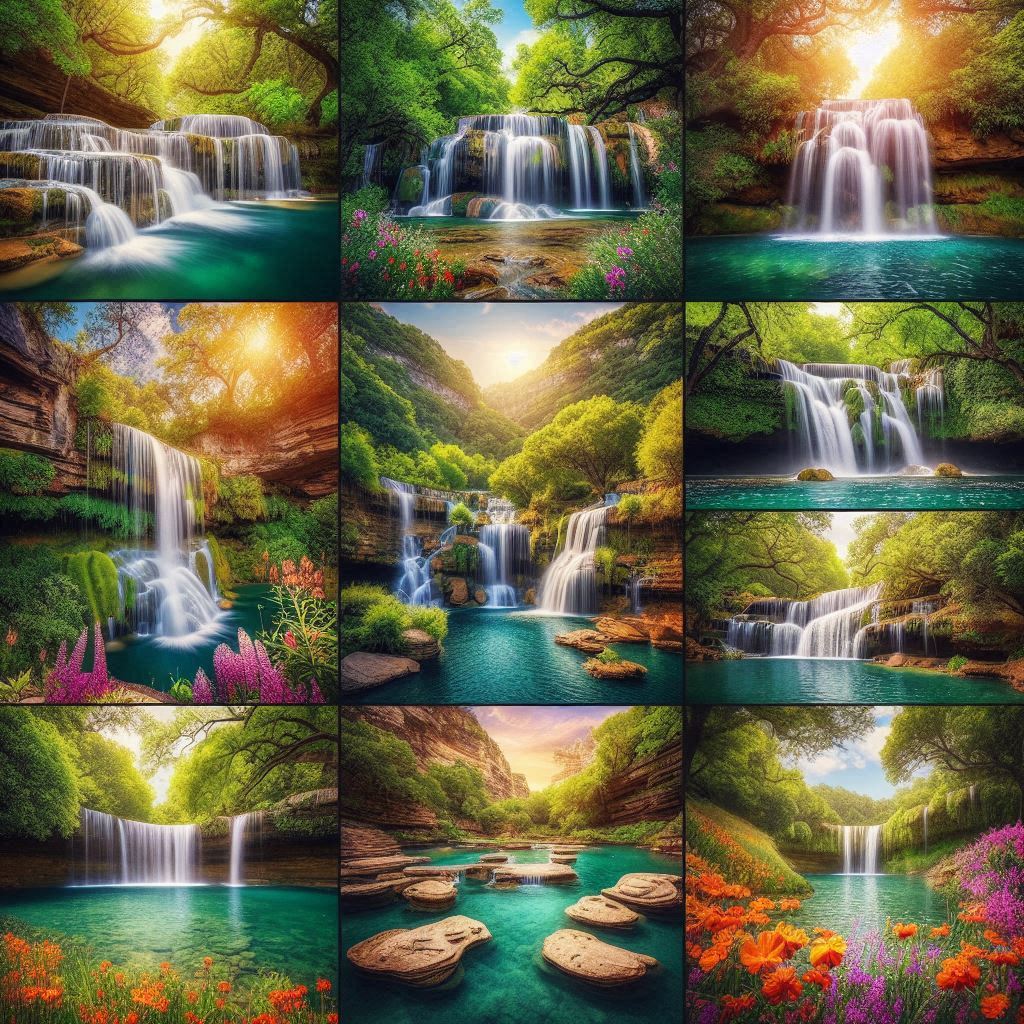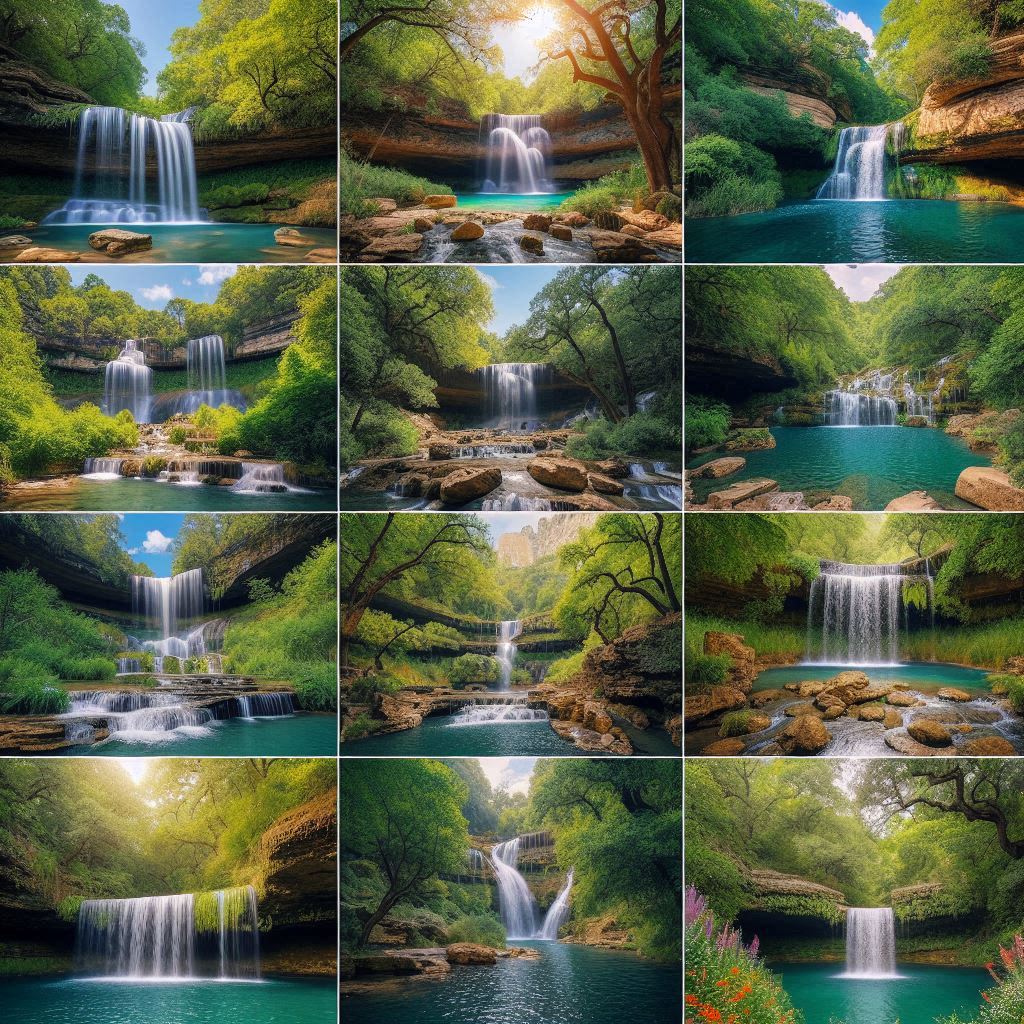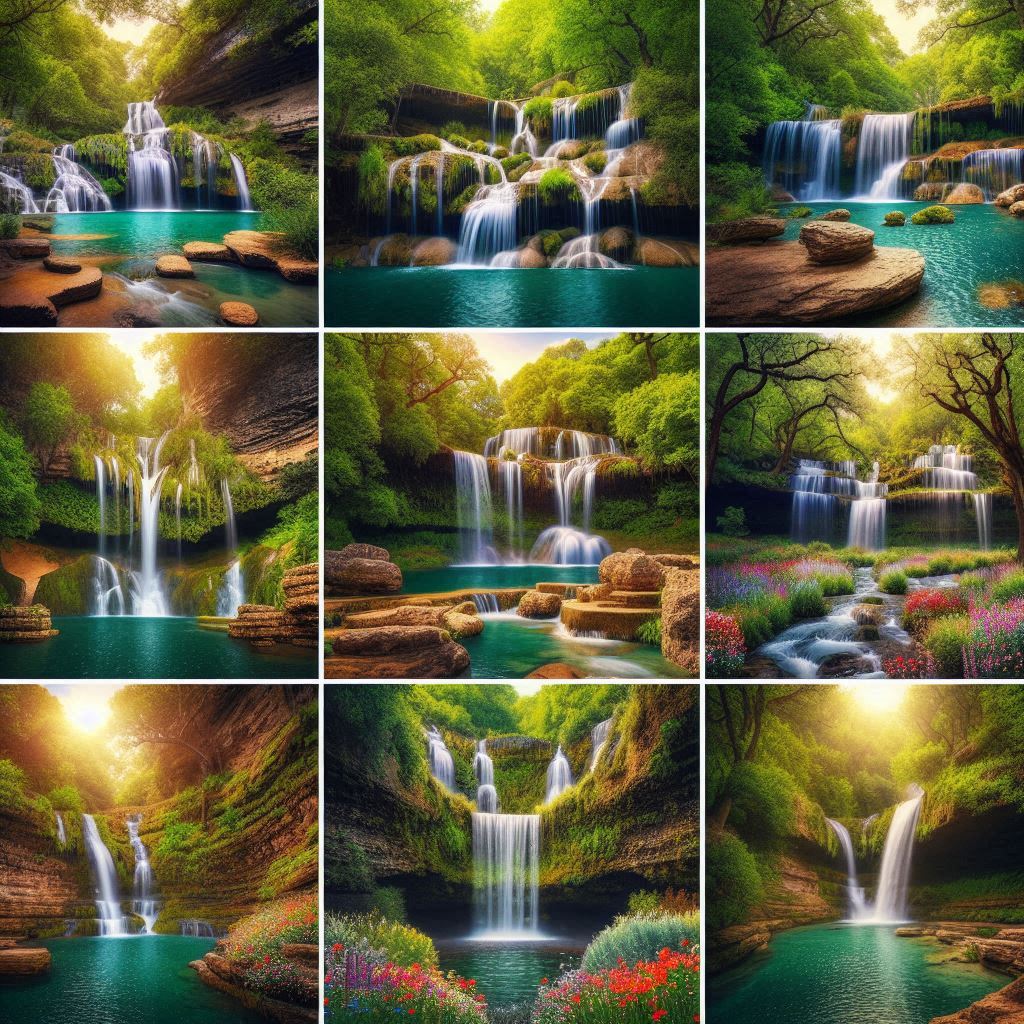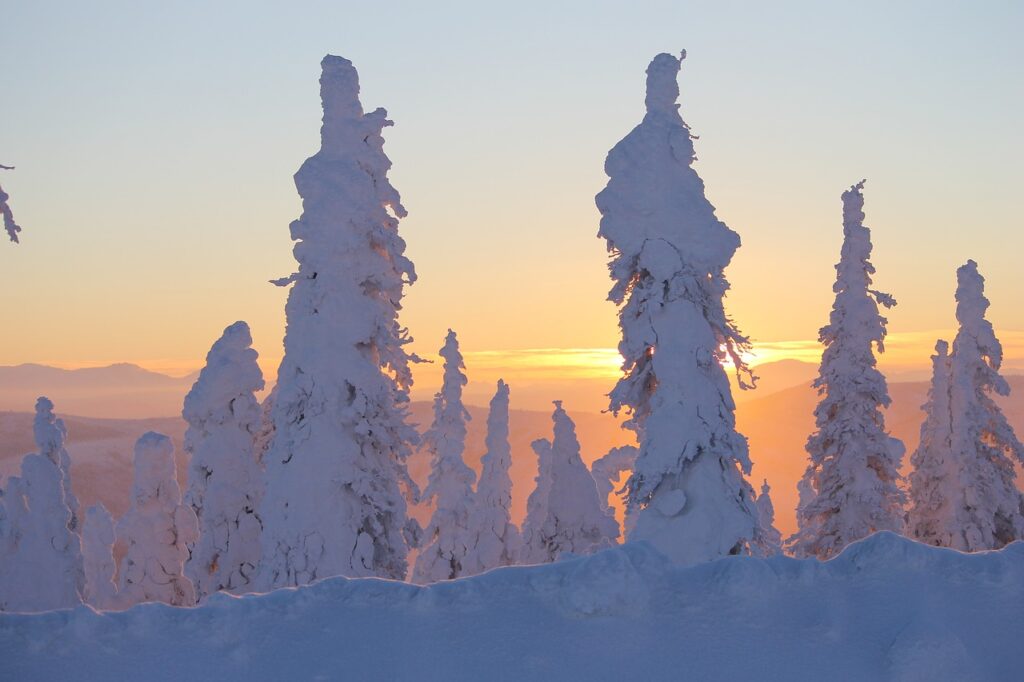Waterfalls in Austin
Austin is the capital of Texas and has gained fame for its approximately unrivaled music scene, innovative technology sector, and even possibilities for various outdoor activities. Perhaps only a handful of people planning to see some waterfalls are aware that there are many waterfalls in and around Austin. All these natural beauties provide an eco-friendly experience to society, whereby they act as a vacation destination where local and international people can relax, swim, and free themselves from the busy world. Here, we embark on a trip and unveil 10 waterfalls in Austin that are still unheard of by many but worth a visit.
The Allure of Austin’s Waterfalls
However, first, let’s learn why there is a list of waterfalls in Austin. San Antonio’s geology is special because of limestone and the Edwards Aquifer, which provide prerequisites for waterfall development. The water that passes over the limestone erodes beautiful cascades and pools, creating modern-day waterfalls.
The best waterfalls in Austin listed above are not only a fine source of watching out for and enjoying nature, but they also contain microhabitats for many different species of plants and animals. They are also important in the hydrological system of those areas, acting as composition and purification facilities from which water flows away through the landscape. Below are details of each of the waterfalls in Austin, with an added description of what makes each worth visiting.
1. Hamilton Pool Preserve Waterfall
Hamilton Pool Preserve waterfall is the most famous of the waterfalls in Austin; this is a real natural grotto. This is a 50-foot waterfall that pours through limestone cliffs and forms a lagoon of green and blue, which looks stunning. The preserve is approximately twenty-three miles west of Austin; the visitors’ access is strictly controlled owing to the many visitors; reservations are worth the effort and are rewarded with views of water and swimming.
2. McKinney Falls
Located within McKinney Falls State Park, this waterfall offers two distinct cascades: the two falls commonly known as the Upper and Lower Falls. Upper Falls has a flat limestone floor where water cascades through several steps. The Lower Falls have a steep drop to form a large plunge pool. Compared to the other ten waterfalls found in Austin, this place is quite easy to tour, which is good for kids and those who want to go on a day trip.
3. Bull Creek Greenbelt Falls
There are several small, beautiful waterfalls, but the main waterfall is one of the most stunning and beautiful in Bull Creek Greenbelt. This waterfall cascades in multiple tiers and is on smooth limestone, thus forming small water ponds that visitors can step into. The green belt around the school has trails for walking and a lot of shade, making it a spot for people in need of greenery within close range.
4. Sculpture Falls
Sculpture Falls is one of the waterfalls in Austin. It is situated in the Barton Creek Greenbelt but remains rather concealed. These small cascades and deep pools are natural sculptures created by limestone works, hence the name. Getting to Sculpture Falls takes a little while; some paths are steep, but swimming in the clear water is worth it.
5. Twin Falls
The last of the Barton Creek Greenbelt attractions, Twin Falls, has two slides that merge when there is enough water. Although the water is not always so high, the plain limestone surface and many attractive diving places make the place attractive for hikers and swimmers.
6. St. Edward’s Park Waterfall
This technically confined park is located in northwest Austin, and the main highlight is a charming waterfall from Bull Creek. This of the 10 Austin waterfalls is less popular and makes for a more private trip as there are trails for hiking through the park to the waterfalls. The soft cascades of the waterfall over the mossy rocks make the area pale and extremely beautiful for relaxation and taking photographs.
7. Secret Beach Waterfall
Although the name S Secret Beach suggests it is not widely known, it is currently not much of a secret, but the small waterfall remained quite appealing. This waterfall is identified along the Colorado River in Roy G. Guerrero Park; it develops where a small creek and the river merge. This one is relatively steep compared to the other waterfalls in Austin. Still, this area has become very popular because of its access to sandy beaches, where one can picnic with the waterfalls gently running and splashing.
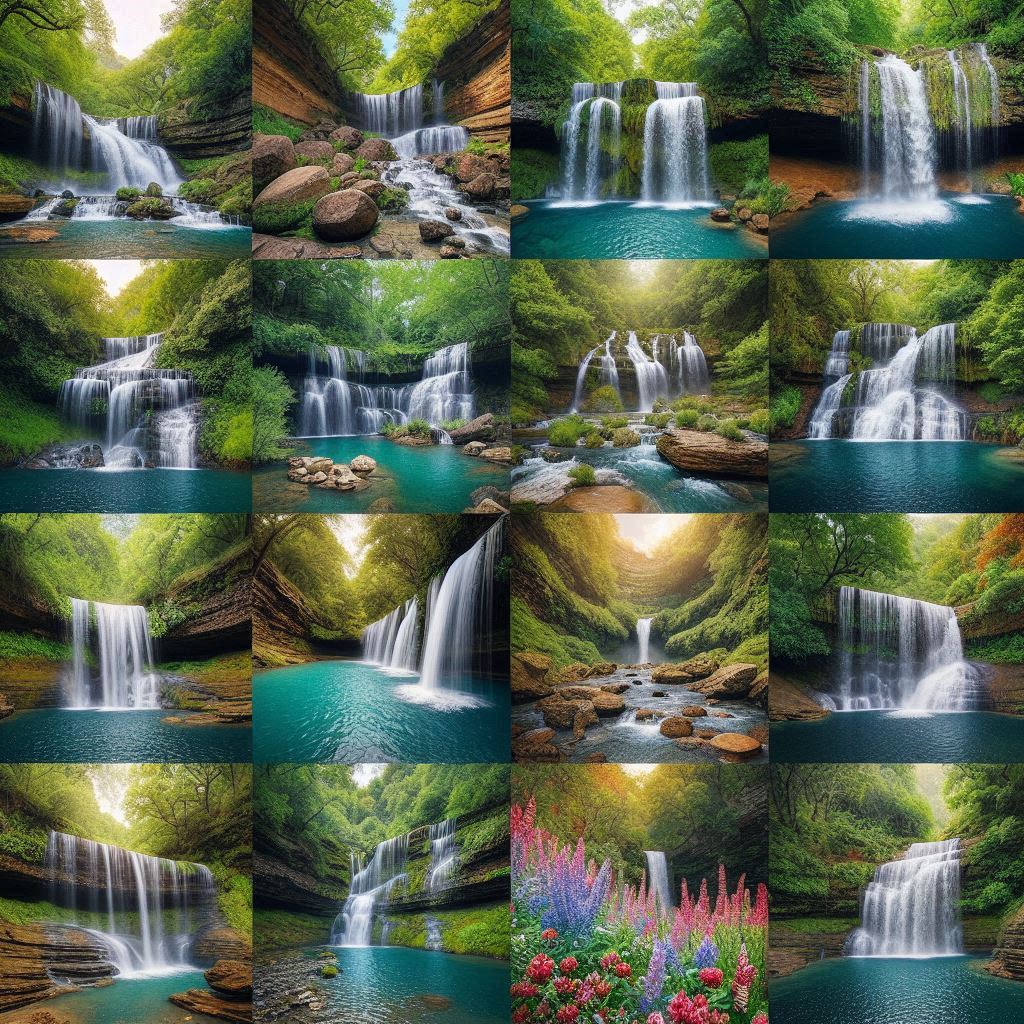
8. Rocky Creek Waterfalls
Rocky Creek Waterfalls is located at Commons Ford Ranch. The Texas-situated Commons Ford Ranch Metropolitan Park has several mini-falls on the Colorado River. They are formed by springs oozing out of the limestone cliffs forming a step-like scary pool. Although these waterfalls are not as famous as some of the other waterfalls in Austin, the Commons Ford Ranch waterfalls are perfect for birding and reflection.
9. Onion Creek Falls
However, this waterfall can attract attention on its own. It forms a wide, serene cascade of many small pools and channels over limestone ledges resulting from the river’s natural valves. Features such as beautifully carved patterns on the cave’s surface are well visible when water is scarce.
10. West Cave Preserve Waterfall
Although this is not inside Austin city limits, West Cave Preserve’s waterfall is worth it as the final and tenth Austin waterfall. This 40-foot-tall waterfall cascades constantly because it acquires water from a natural spring. The preserve’s visitors may hire a team of local guides who will not only take them to the waterfall’s viewpoint but also explain what the canyon and its plants look like and what species found here are endangered.
Preserving Austin’s Natural Treasures
When enjoying these Austin waterfalls, it is important to consider the human part in conserving these beautiful creations. Most of these sites are consultative areas, which could easily be destroyed through human activities such as overexploitation or careless conduct. People should always stick to the above principles and avoid hiking in certain areas and times of the year when it is prohibited.
Given that these ten waterfalls are in Austin, their popularity has brought in more people, affecting the environment negatively. Many local conservation bodies and the managers of the national parks are striving to ensure that the parks are made accessible to the public while at the same time ensuring appropriate measures have been taken to protect the wildlife. In this way, respect for the object and nature in general, which can be achieved by being a mindful visitor, will contribute to the waterfalls’ protection and help them remain a marvelous sight in the future.
Seasonal Considerations
The time you choose to visit these waterfalls in Austin should also be a factor, as different seasons bring different kinds of beauty to the waterfalls. Some of these falls are located in central Texas, where drought is often witnessed, impacting the water level in these falls. However, depending on the source of water supply, most of which is precipitation, the shower season is typically in the spring, when the waterfalls are more forceful during the early months before the advent of the scorching summer heat.
In some instances, especially during the summer, some of the small waterfalls may be completely dry, but residents flock to swim in the water during the other seasons or when the sun is hot. Whether in autumn, just before the leaves fall and beautiful colors are painted on the waterfalls, or in winter, with a rare bright ice coat, it is much easier to do so.
Conclusion
From the powerful tumble of Barton Creek to the meandering flow of Twin Falls, the following 10 Austin-area waterfalls are all different and fantastic. These natural sights are vivid evidence of the even greater variety of physical environments that can be reached within and around Texas’s capital.
Whether Austin is your hometown or you’ve just been there for a vacation, uncovering these ten Austin waterfalls will give you a different feel for the region. For instance, from the famous Hamilton Pool Preserve to the unknown falls at Bull Creek, every waterfall is a narration of the geographical formation of the region. It provides a connection with the natural environment.
